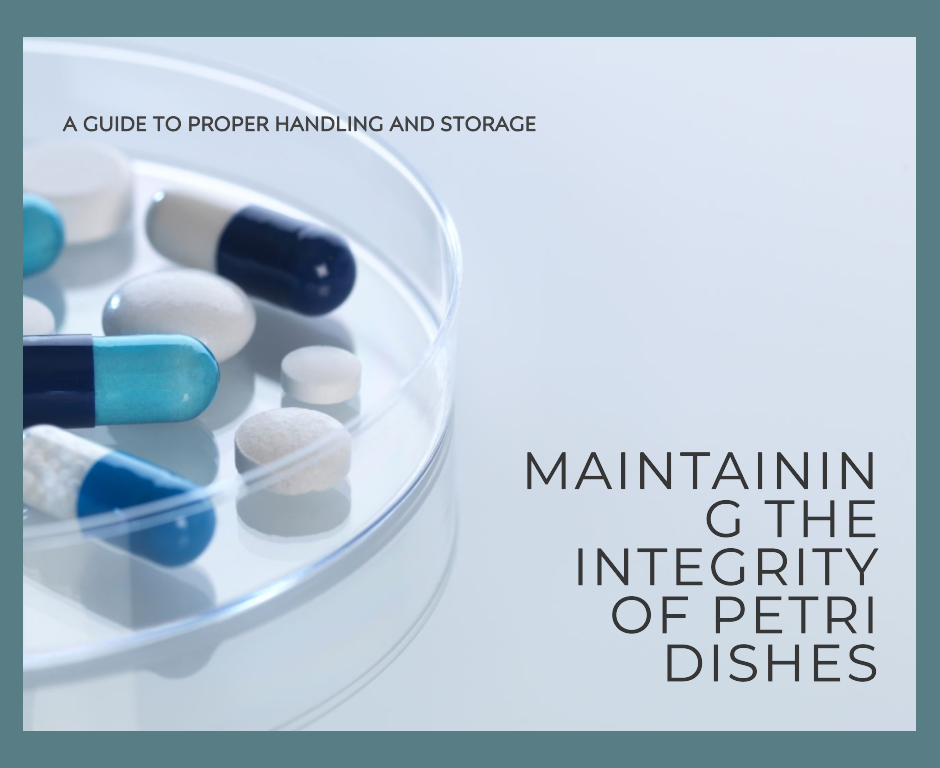
Petri dishes are essential tools in laboratory research, providing a sterile environment for the growth and study of microorganisms. To ensure reliable and accurate results, it is crucial to handle and store petri dishes properly. In this article, we will guide you through the best practices for handling and storing petri dishes to maintain their integrity and optimize their performance.
- Clean and Sterile Environment: Before handling petri dishes, ensure you are working in a clean and sterile environment. This includes wearing appropriate personal protective equipment, such as gloves and a lab coat, and working in a laminar flow hood or clean bench whenever possible. Maintaining a sterile environment minimizes the risk of contamination and ensures the integrity of the experiments.
- Proper Handling Techniques: a. Use Sterile Techniques: Always handle petri dishes with clean and sterilized hands or sterile forceps. Contaminants from your hands can compromise the integrity of the dish and introduce unwanted microorganisms. b. Avoid Touching the Inside: To prevent contamination, refrain from touching the inside of the petri dish, especially the agar surface where the microorganisms will grow. c. Minimize Air Exposure: Limit the amount of time the petri dish is exposed to the air to prevent potential contamination. Open the dish only when necessary and close it promptly after use.
- Safe Storage Practices: a. Seal the Petri Dishes Properly: After use, ensure the petri dishes are tightly sealed to prevent the entry of contaminants. Use parafilm or suitable sealing materials to create an airtight seal. b. Store in Controlled Environments: Petri dishes should be stored in a controlled environment to maintain their integrity. Typically, this means storing them in a cool, dry, and dark area, such as a refrigerator or dedicated storage cabinet. c. Label and Organize: Properly label each petri dish with essential information, including the date of preparation and the contents of the dish. Organize the petri dishes in a systematic manner to facilitate easy retrieval when needed.
- Regular Inspections: Periodically inspect your stored petri dishes for any signs of damage, such as cracks or chips. Discard any damaged dishes to prevent compromised results and potential contamination.
Proper handling and storage of petri dishes are crucial for maintaining their integrity and ensuring accurate and reliable laboratory results. By following the best practices outlined in this guide, you can minimize contamination risks and optimize the performance of your experiments. Remember to work in a clean and sterile environment, handle petri dishes with care, seal them properly during storage, and regularly inspect them for any damage. With these practices in place, you can confidently use petri dishes from Mini-Plast for your laboratory research needs.
Proper Disposal of Petri Dishes
When it comes to disposing of used petri dishes, it is essential to follow proper protocols to prevent any potential hazards. Here are some guidelines for the safe disposal of petri dishes:
- Decontamination: Before disposing of petri dishes, ensure they are decontaminated to eliminate any potential biohazards. This can be done by autoclaving or subjecting the dishes to a suitable decontamination method recommended by your laboratory’s biosafety guidelines.
- Use Biohazard Bags: Place the decontaminated petri dishes in biohazard bags or containers designated for disposal of biological waste. These bags should be clearly labeled with appropriate biohazard symbols to alert individuals handling the waste.
- Follow Local Regulations: Adhere to local regulations and guidelines regarding the disposal of biological waste. Contact your local waste management authorities or environmental health and safety department for specific instructions on how to dispose of petri dishes in your area.
By following proper disposal procedures, you contribute to maintaining a safe and clean laboratory environment while minimizing the potential risks associated with biohazardous waste.
Proper handling and storage of petri dishes are crucial for maintaining their integrity and ensuring accurate laboratory results. By implementing the best practices discussed in this article, you can minimize the risk of contamination and optimize the performance of your experiments. Remember to work in a clean and sterile environment, handle petri dishes with care, seal them properly during storage, regularly inspect them for damage, and follow appropriate protocols for their disposal.
At MiniPlast, we offer a wide range of high-quality petri dishes designed to meet the needs of scientific research. Visit our petri dish product category to explore our selection and find the perfect petri dishes for your laboratory requirements.
By following these guidelines, you can ensure the longevity and effectiveness of your petri dishes, leading to more accurate and reliable scientific results. Trust in the quality and reliability of Mini-Plast’s petri dishes for your laboratory research needs.

 10ml measuring Cup
10ml measuring Cup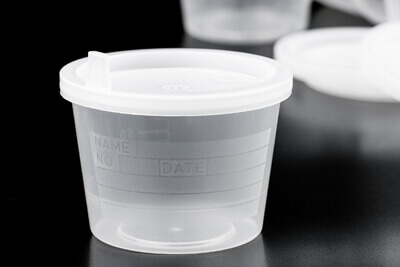 100 ml scaled Specimen Cup
100 ml scaled Specimen Cup 200 ml Sterile Specimen Cup
200 ml Sterile Specimen Cup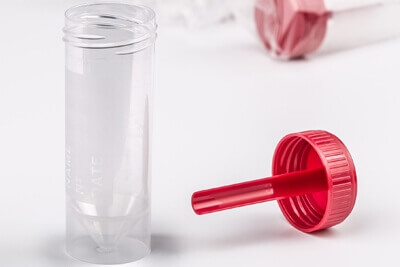 30 ml Specimen cup
30 ml Specimen cup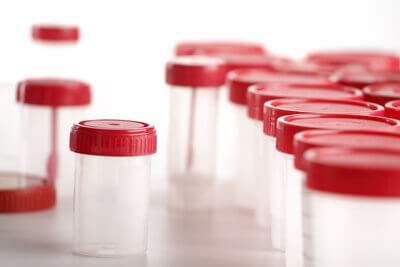 60 ml Specimen cup
60 ml Specimen cup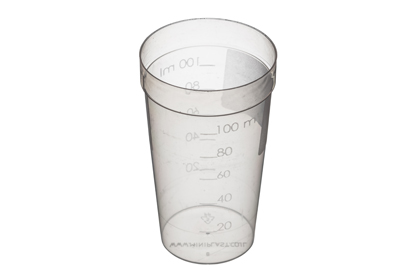 Polypropylene Titration cup 100ml
Polypropylene Titration cup 100ml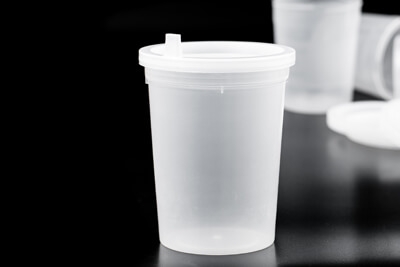 200 ml Specimen cup
200 ml Specimen cup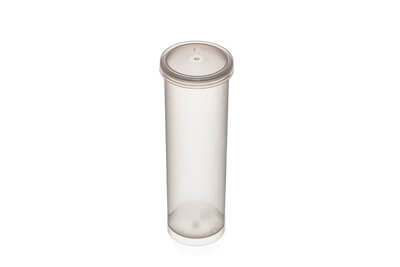 Milk test tubes
Milk test tubes 24 hour Urine Collection Containers
24 hour Urine Collection Containers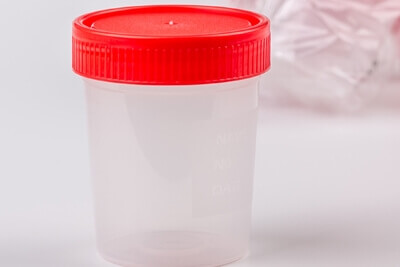 Urine Specimen Cups
Urine Specimen Cups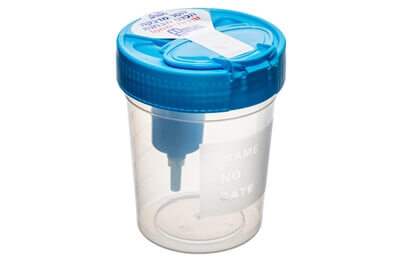 Urine Collection Cup + Cap with Two Openings
Urine Collection Cup + Cap with Two Openings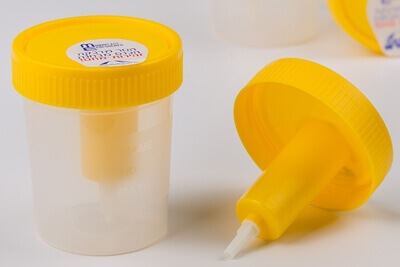 Urine Collection Container - Vacutainer
Urine Collection Container - Vacutainer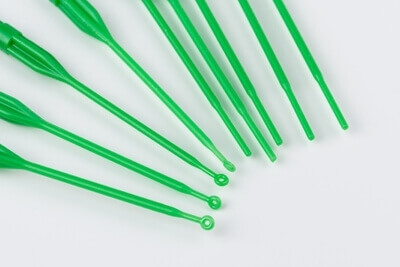 QuadLoop 1 uL & Needle end
QuadLoop 1 uL & Needle end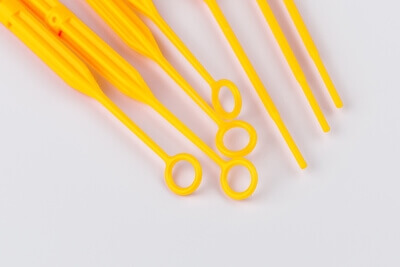 QuadLoop 10 uL & Inoculating needle end
QuadLoop 10 uL & Inoculating needle end QuadLoop 10 uL & Sphere end
QuadLoop 10 uL & Sphere end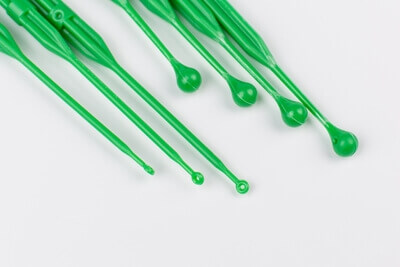 QuadLoop 1uL & Sphere end
QuadLoop 1uL & Sphere end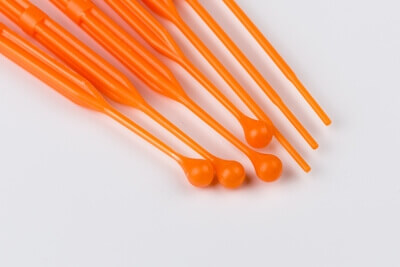 QuadLoop Needle & Sphere end
QuadLoop Needle & Sphere end Sterile Cell spreaders, Drigalski spatulas
Sterile Cell spreaders, Drigalski spatulas 15 ml Centrifuge Tubes
15 ml Centrifuge Tubes 30 ml Transparent PS Tubes
30 ml Transparent PS Tubes 50 ml Centrifuge Tubes
50 ml Centrifuge Tubes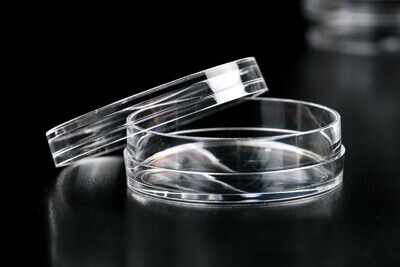 Petri dishes 50 mm (55x14.2)
Petri dishes 50 mm (55x14.2) Petri dishes PS 90 mm diameter (90X15)
Petri dishes PS 90 mm diameter (90X15)





